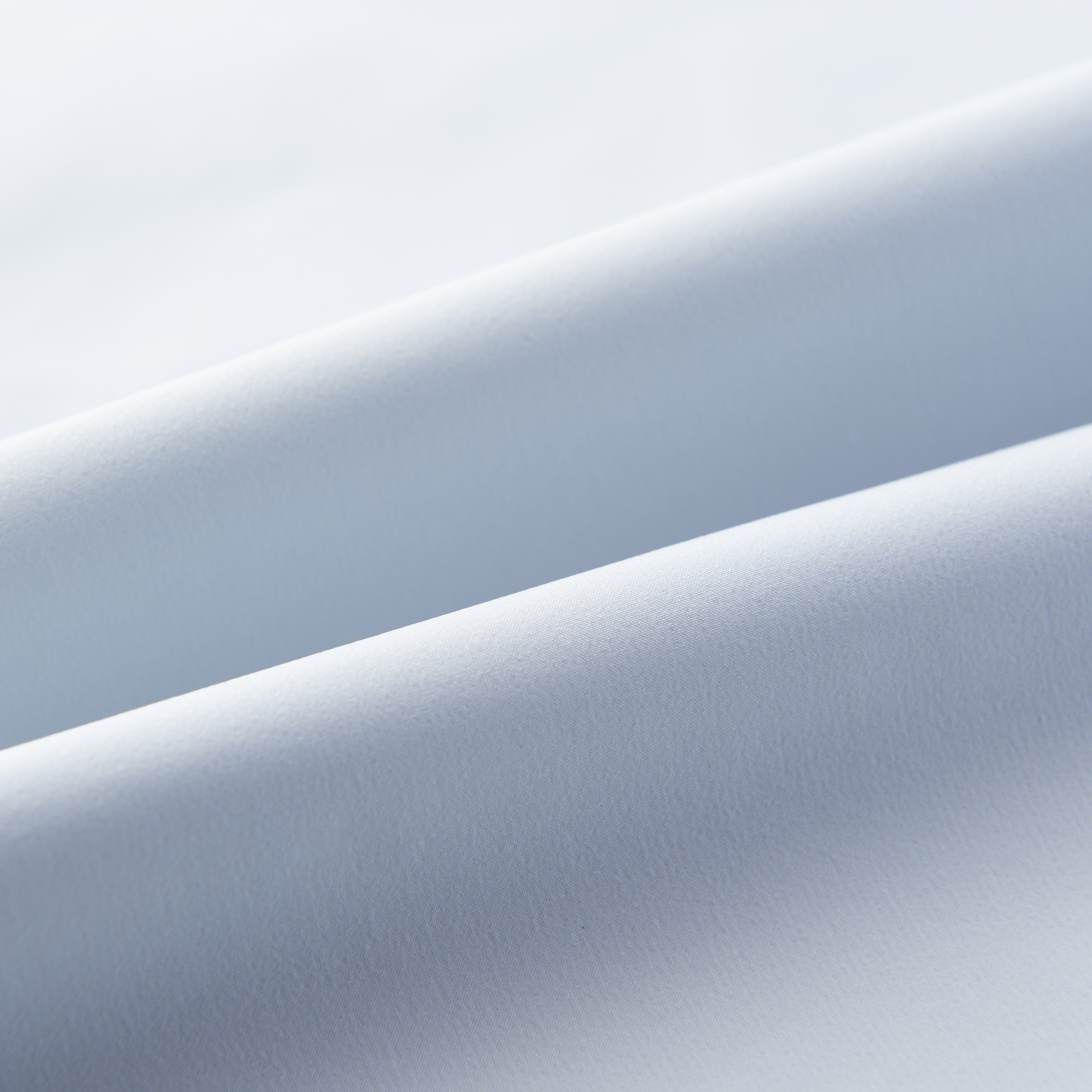regenerated polyester staple fiber
Regenerated polyester staple fiber represents a sustainable solution in the textile industry, created through the innovative recycling of post-consumer PET bottles and other polyester waste materials. This environmentally conscious fiber undergoes a sophisticated transformation process, where collected materials are cleaned, shredded, and chemically broken down into their base components before being reformed into high-quality staple fibers. These fibers typically range from 1.5 to 6 denier in thickness and can be cut to various lengths to suit different applications. The resulting material exhibits remarkable durability, moisture-wicking properties, and excellent resilience, making it ideal for diverse textile applications. The fiber's structure allows for superior blending capabilities with natural fibers like cotton and wool, creating versatile fabric compositions. In manufacturing, regenerated polyester staple fiber demonstrates exceptional processing performance, maintaining consistent quality through spinning, weaving, and finishing processes. Its thermal stability ensures minimal shrinkage and reliable dimensional stability in finished products. The fiber's unique molecular structure provides enhanced dyeability and color fastness, resulting in vibrant, long-lasting textiles. This innovative material serves multiple industries, from fashion and home textiles to industrial applications, offering a sustainable alternative without compromising on performance or quality.


